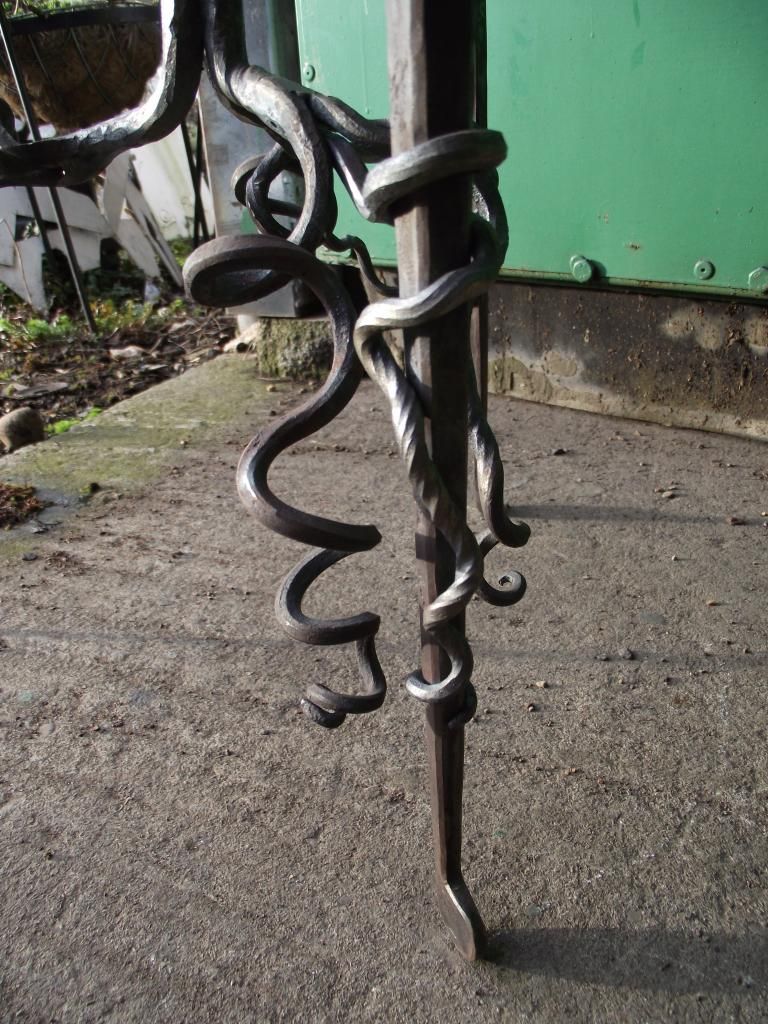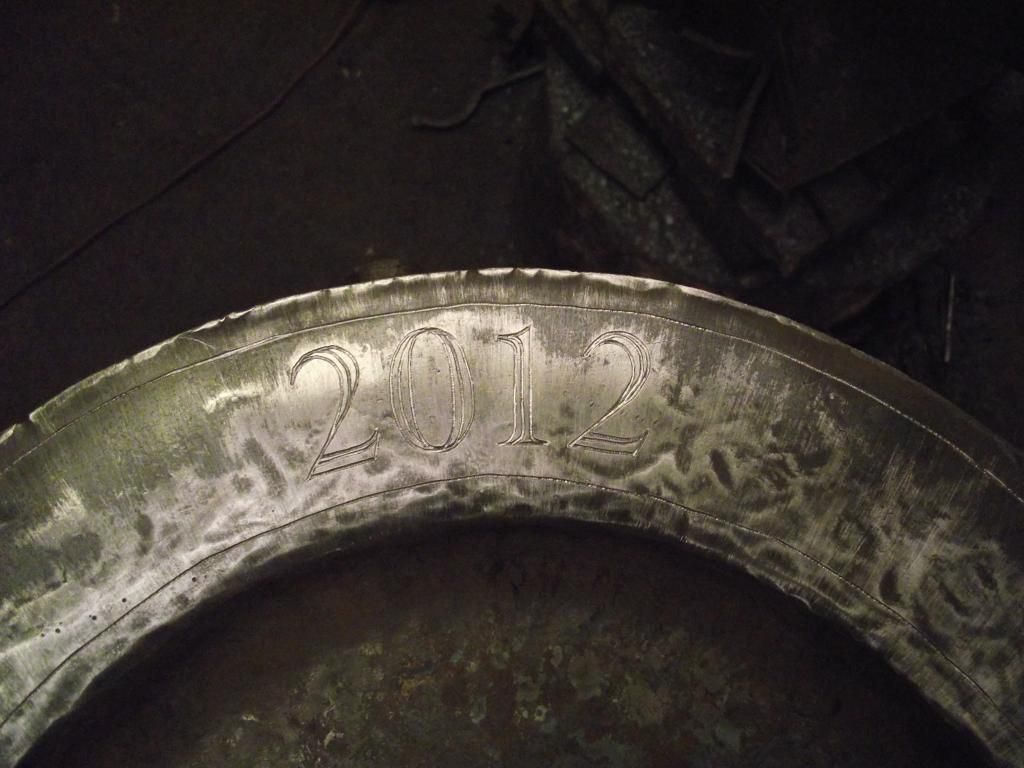In order to commemorate the Diamond Jubilee of Queen
Elizabeth 2nd I was approached and subsequently commissioned to
produce a piece of ecclesiastical furniture for the ancient Derbyshire parish
of Melbourne. As a student of traditional English ironwork I was aware of Melbourne’s
rich blacksmithing heritage as the home of the famous and celebrated smith,
Robert Bakewell http://www.bbc.co.uk/programmes/p00sclf4
I had also in recent years had worked with the prominent Modern artist blacksmith, David Tucker http://www.blacksmith-artist.co.uk/ in the area. Being presented with the opportunity to add to the rich blacksmithing heritage of the area was and is very exciting to me and I am grateful for it.
I had also in recent years had worked with the prominent Modern artist blacksmith, David Tucker http://www.blacksmith-artist.co.uk/ in the area. Being presented with the opportunity to add to the rich blacksmithing heritage of the area was and is very exciting to me and I am grateful for it.
I have been producing components for several weeks and
showing some of the progress here.
I am proud to say that the project has now been completed
and delivered to the Church where I hope it will sit for the next 1000 years.
The tree at the centre represents the Royal Oak, one of the
old symbols of the English monarchy. The different parts of the tree were
joined in a charcoal forge by firewelding.
The roots were formed in the traditional “tendril” method
displayed on much of Jean Tijou’s Baroque work on display at Hampton court
palace
Tijou tendril
My roots
Once the tree was formed, the branches were adjusted and the
dish, formed earlier, was engraved with the date and two oak leaves.
The final act was to meticulously apply a protective layer
of pure beeswax to seal the surface and defend against rust. The atmospheric humidity
of any building can be enough to cause damage to an unprotected surface, that said,
Melbourne parish church has wall paintings that predate the reformation that
have survived with minimal intervention.
The wax is applied with a heatgun and then rubbed in with a
cloth whilst liquid
Here’s the stand in-situ
This piece has been important for me. It has been a deep and
involved process and I am thrilled to have it in its place.
















No comments:
Post a Comment